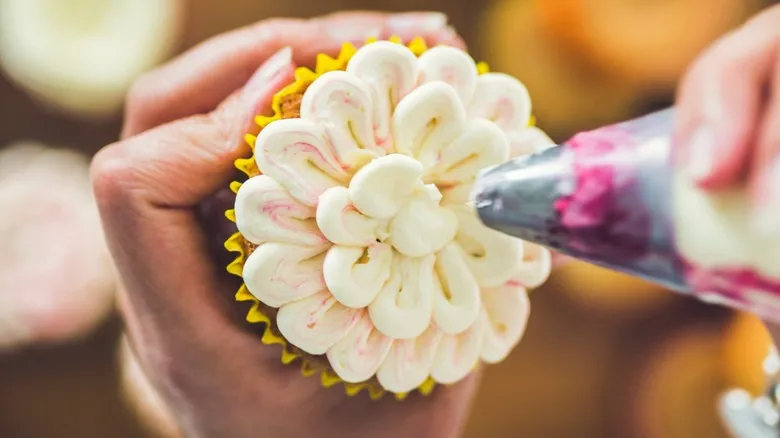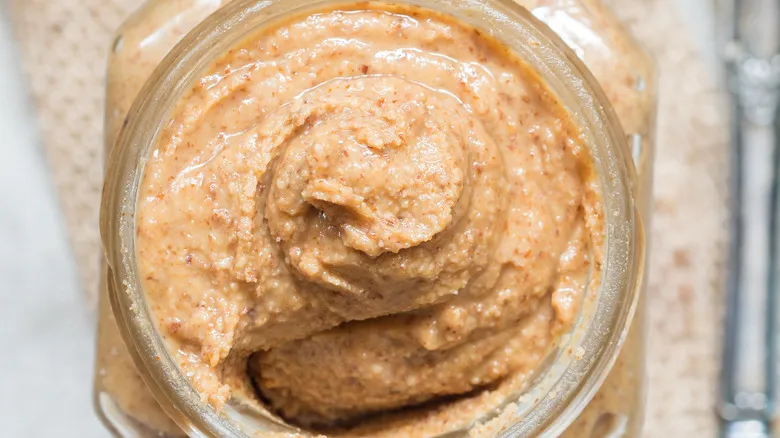How to use gelatin in homemade frosting
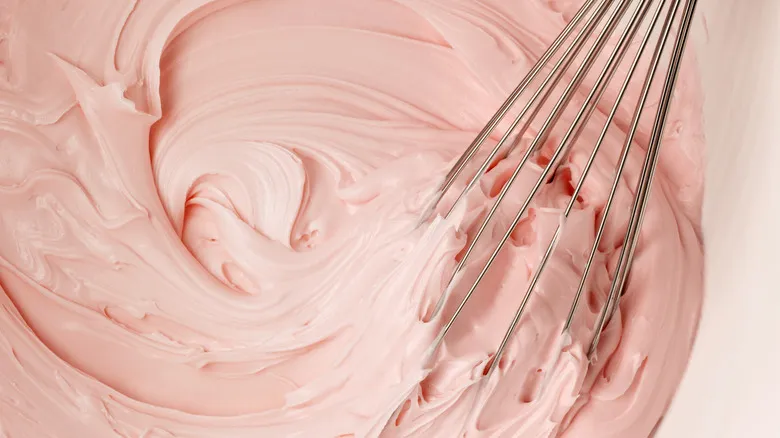
Using gelatin in your frosting involves a few additional steps. The process known as blooming is essential for activating the stabilizing and smoothing qualities of gelatin. If you add the gelatin powder directly to your mixer, you’ll quickly learn how crucial this step is. To bloom your gelatin, whisk it into some cold water in a small microwave-safe bowl until it dissolves, then let it sit for a few minutes to thicken. After that, melt it by microwaving it for a few seconds until it becomes liquid.
The amount of water and gelatin you need will depend on your frosting recipe. For instance, a typical American buttercream requires a quarter cup of water and 2½ teaspoons of gelatin for every 2 pounds of butter. If you’re preparing a whipped cream frosting, start with half a teaspoon of gelatin and a tablespoon of water for each cup of whipped cream.
Incorporating the bloomed gelatin is straightforward. While the gelatin cools, prepare your frosting as you normally would. Once it reaches soft peaks, gradually add the gelatin while mixing on low speed. Then, continue to finish your frosting as usual. You can store it in the refrigerator for up to five days; just give it a quick whisk before using. This frosting has an ideal consistency for piping and can remain at room temperature for several hours. However, if your frosting contains cream, be sure to refrigerate it to prevent spoilage, even if the piping holds up well.
Recommended
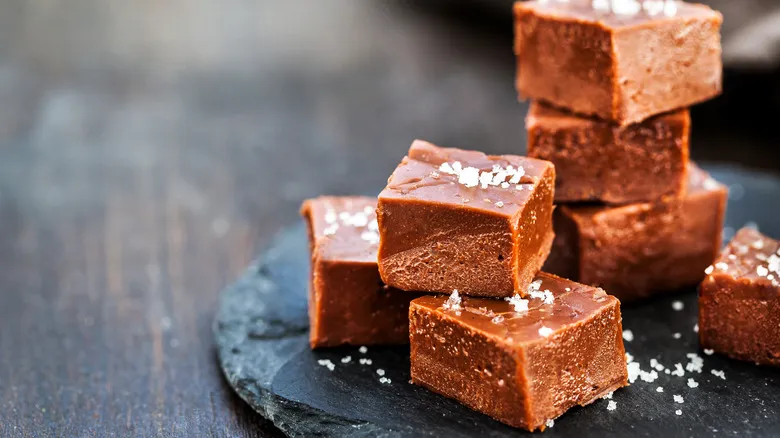
For Smoother And Creamier Fudge, Reach For One Unexpected Item
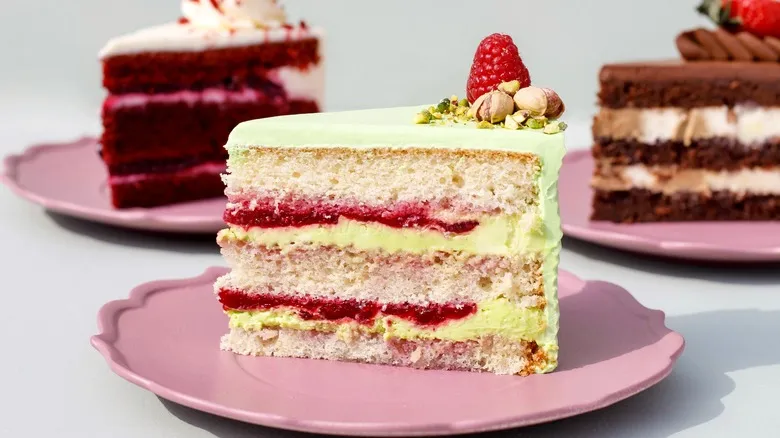
The Scientific Reason Why Your Favorite Soda Can Lead To A Fluffier Cake

How To Freeze And Defrost Phyllo Dough The Right Way

The International Cookies Everyone Needs, According To Milk Bar's Christina Tosi
Next up

